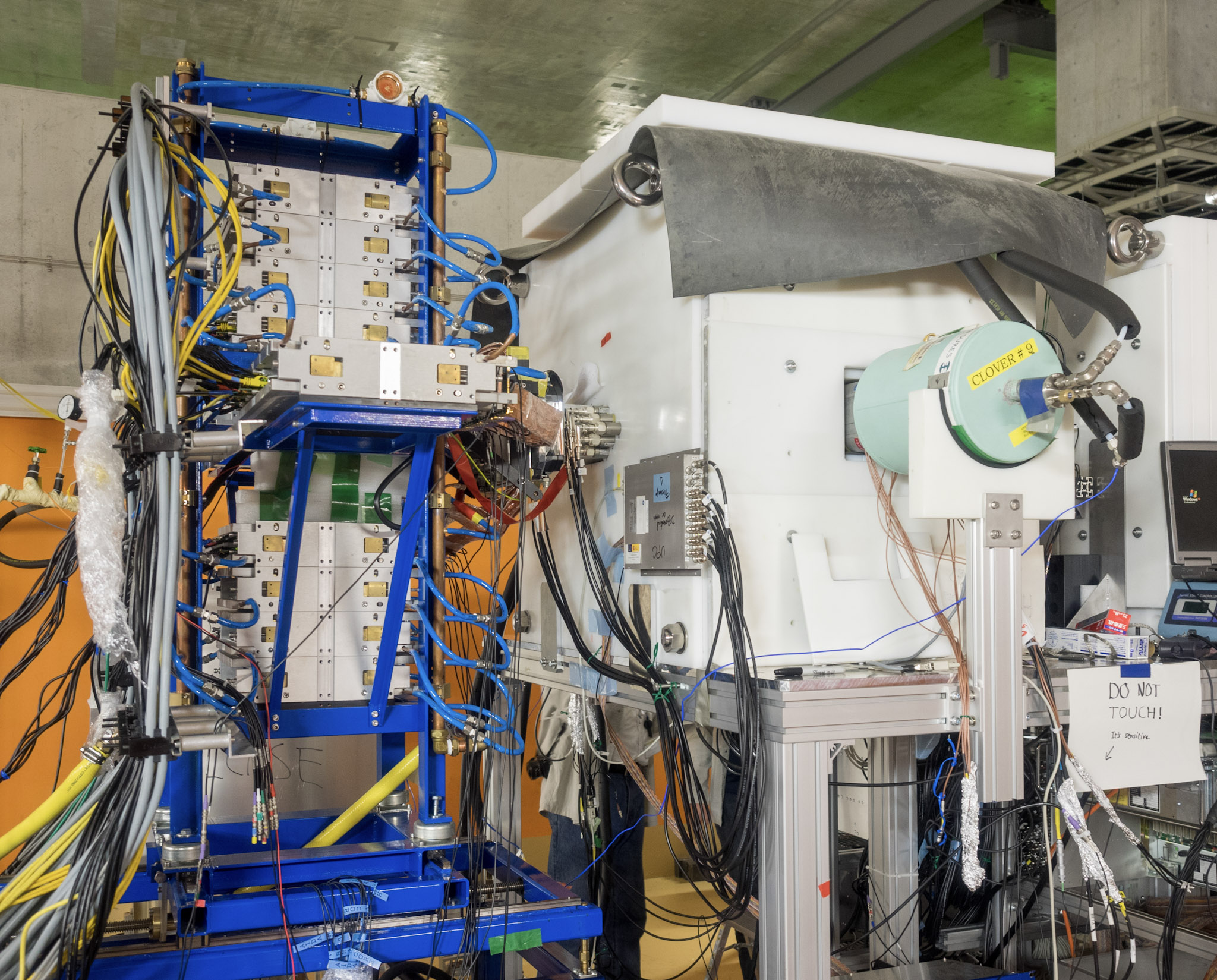The BRIKEN (Beta-delayed Neutron Measurements at RIKEN) collaboration at RIKEN Nishina Center in Japan is providing a new window into our stardust origins by making the first-ever decay measurements of many of the rare neutron-rich isotopes central to heavy element formation in stars.

The collaboration has created the world’s most efficient neutron detector for astro- and nuclear physics by pooling the international participants’ neutron detector resources and using the world’s most neutron-rich beams from RIKEN’s Radioactive Isotope Beam Factory. Since 2017, the collaboration investigated ~300 neutron-rich nuclides, measuring the neutron emission probabilities and half-lives for the many of them for the first time.
The BRIKEN collaboration involves about 70 scientists and engineers from Japan, Canada, Spain, the United States, the United Kingdom, Hungary, Poland, Hong Kong, South Korea, and Vietnam.
At the storage ring facilities at GSI Darmstadt and FAIR, a new generation of multi-purpose particle detectors for the detection of decay products outside of the ring acceptance have been developed. This research is done within the ILIMA project Isomeric beam, LIfetimes and MAsses. The prototype, called CsISiPHOS (CsI–Silicon Particle detector for Heavy ions Orbiting in Storage rings) has been successfully employed in recent experiments to measure the bound-state beta-decay rate of 205Tl(81+). Its younger brother, BEAVERTAIL, is presently built at TRIUMF and will be ready for first in-beam tests at GSI in late 2021. These detector can later also be installed in the new Collector Ring (CR) at FAIR.
